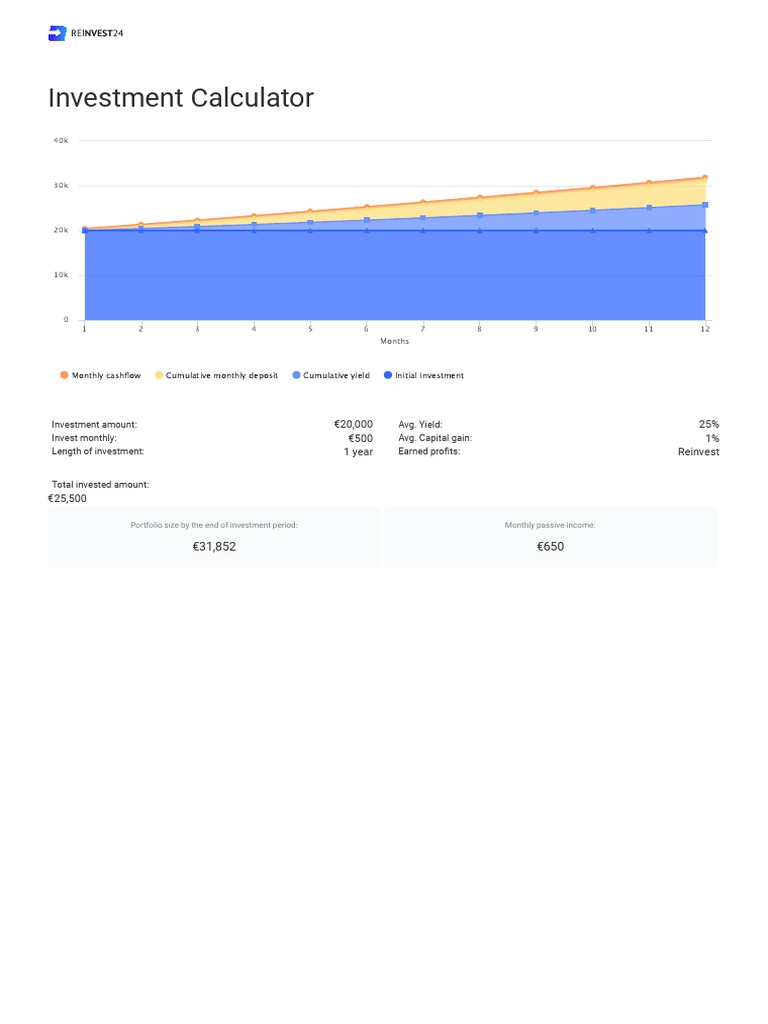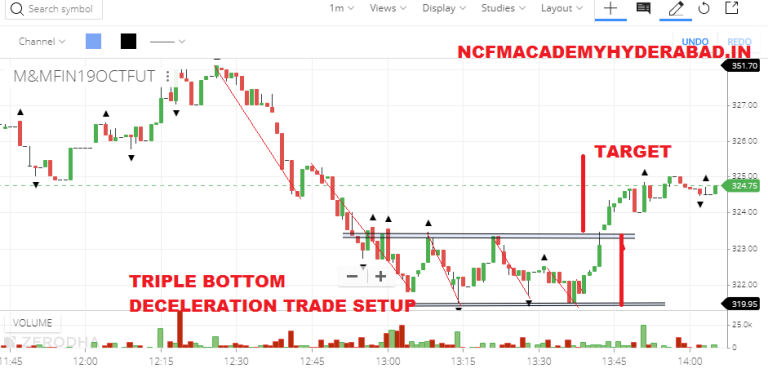Options trading can seem like a labyrinth of complexities, especially for newcomers trying to find their footing in the intimidating financial markets. If you’re here, you’re likely seeking clarity on how to navigate this world without getting lost or overwhelmed. This guide will not only illuminate your path but provide actionable steps to kickstart your options trading journey. The essence of options trading for beginners lies in understanding the concepts and strategies before diving into execution.
Understanding the Basics of Options Trading for Beginners
At its core, options trading grants you the right to buy or sell an underlying asset at a predetermined price before a specific date. This flexibility sets it apart from traditional stock trading, which involves the outright purchase of shares. However, with such flexibility comes responsibility, and it’s crucial for beginners to grasp the fundamental principles at play.
What Are Options?
Options are financial derivatives that derive their value from an underlying asset, such as stocks. When trading options, you’re not purchasing the asset directly; instead, you’re acquiring the right to make a transaction on it in the future. This right is encapsulated in two forms: call options, which allow you to buy, and put options, which enable you to sell.
The Significance of Implied Volatility
One pivotal concept in options trading for beginners is implied volatility (IV). IV reflects the market’s expectations for the future volatility of the underlying asset. High IV generally indicates that the market anticipates significant price movements, which can serve as both an opportunity and a risk for options traders. Understanding IV can help you evaluate when to enter or exit a trade effectively.
Strategies for Options Trading for Beginners
Succeeding in options trading hinges on employing the right strategies. As a beginner, it’s wise to familiarize yourself with several key strategies before you commence trading.
Buying Call Options
This strategy is ideal if you believe the price of the underlying asset will rise. By purchasing call options, you lock in the ability to buy the asset at a lower price, benefiting from any upward movement. It’s straightforward but requires the right timing and market analysis to be successful.
Buying Put Options
Conversely, buying put options can yield gains if you anticipate a decrease in the asset’s price. This strategy serves as a hedge against potential losses in your stock investments, protecting your portfolio during market downturns.
Visualization of Options Trading for Beginners
Understanding Options Trading Through Visuals
This visual representation encapsulates the key principles and terminology associated with options trading. For beginners, having a vivid reference can aid greatly in retention and understanding complex topics. Make sure to keep it accessible as you review these strategies.
The Importance of Risk Management
In options trading for beginners, the importance of risk management cannot be overstated. Knowing how much you’re willing to risk, setting stop-loss orders, and diversifying your portfolio can shield you from significant losses. Options may offer high rewards, but they come with high risks, too; thus, prudent management is your ally in this venture.
The Role of Paper Trading
Before embarking on real trades, consider engaging in paper trading. This practice allows you to simulate trades without financial risk, honing your strategies and decision-making skills. Many platforms offer demo accounts, providing a secure environment for beginners to learn.
Common Mistakes in Options Trading for Beginners
Even with proper education and practice, beginners often stumble upon common pitfalls that can derail their trading journey. Here are some mistakes to avoid:
Overleveraging
Many newcomers tend to use high leverage in hopes of amplifying profits, yet this can lead to catastrophic losses. Know your limits, and adopt a strategy that correlates with your risk tolerance. Leverage can boost your earnings, but it can also magnify your losses.
Lack of Research
Entering trades without adequate research or understanding can be detrimental. Always analyze market conditions, and the underlying asset’s history, and remain aware of any news that could impact prices. Skipping research opens doors to surprises you could have otherwise anticipated.
Continuous Learning: Resources and Communities
Options trading is a continuously evolving field, and staying updated is essential for success. Leverage online resources like trading forums, e-learning platforms, and social media groups dedicated to traders. Many of these communities provide invaluable insights, trade experiences, and even mentorship opportunities.
Recommended Educational Resources
Consider exploring educational platforms like eBooks, webinars, and online courses targeted toward options trading for beginners. Engaging with diverse formats allows you to reinforce your learning from multiple perspectives. Blogging websites and finance stations often publish articles that could further enhance your understanding.
Conclusion: Taking the Leap into Options Trading
Options trading for beginners can feel daunting, but with the right strategies, continuous education, and a focus on risk management, it can become an exciting component of your investment strategy. Remember to remain patient, diligent, and insatiable in your quest for knowledge. Embrace the opportunities and challenges this trading avenue presents, and forge your own path in the thrilling world of options trading.
As you embark on this journey, remember that success is built over time. Each trade, whether profitable or a lesson in disguise, contributes to your growth as an options trader. Welcome to the world of options trading—may your ventures be prosperous!



